Beating the heat
July 25, 2025 at 12:00 p.m.By Dani Sheehan.
Help your crew stay safe in extreme temperatures this summer.
As summer temperatures rise, contractors face heightened risk of exposure, but with the right strategies, crews can continue working efficiently, safely and confidently no matter what the weather brings. Here’s what the experts from General Coatings Manufacturing Corp want crews in the field to know about staying safe in the heat.
Why heat is a serious concern in roofing
Contractors work on high, exposed surfaces, which means they are directly in the path of UV rays and radiant heat from the roof. Unchecked exposure can lead to minor issues like sunburn and dehydration, but they can also quickly become more serious issues such as heat exhaustion or heat stroke. Not only can these conditions affect job performance and safety, but they also put the entire crew at risk. The responsibility for heat safety falls both to the individual and to the crew. It’s essential for team members to monitor themselves and each other for early warning signs and to speak up if something feels off.
The best protection is prevention. Safety starts at the morning meeting, where crews should be reminded of the day’s weather conditions and trained to recognize the signs of heat stress. Early systems to watch for as you work include:
- Feeling unusually thirsty or dry-mouthed
- Lightheadedness or dizziness
- Headache or fatigue
- Reduced or no sweating
- Clammy skin or confusion
If any of these symptoms show up, it’s time to stop, rest and hydrate to ensure the situation doesn’t worsen.
Reducing risks on the jobsite
1 – Schedule considerations: Adjusting work schedules to avoid the hottest parts of the day can be one of the most effective ways to mitigate heat exposure. In regions like the Southwest, it’s common for roofing crews to start work before sunrise and wrap up by early afternoon to avoid peak heat hours. You can also plan ahead by staging materials or handling fabrication tasks off-site, reducing the amount of time crew members spend on rooftops.
2 – Hydration and personal protection: Water is critical, but it’s not enough on its own. Workers need to replace not just fluids but also electrolytes lost through sweat. Electrolyte drinks or supplements can help maintain the body’s balance and keep energy levels up throughout the day. The right clothing and gear can also protect you from sun and heat exposure. Make sure you are investing in light-colored, UV-protective clothing, cooling towels, polarized eye protection and gloves rated for high temperatures.
3 – Equipment readiness: The effects of extreme heat can impact tools and equipment. Metal surfaces can burn to the touch, and electronics or power tools may malfunction or overheat in high temperatures. Contractors should inspect equipment regularly and plan for backups when needed. Ventilation and shade for jobsite generators and other heat-sensitive gear are crucial, especially for applications like spray foam that rely on calibrated systems.
Leveraging technology and other resources
Technology offers helpful support in maintaining heat safety, and the OSHA-NIOSH Heat Safety Tool is one of the best free resources available. The app helps workers and supervisors calculate the heat index at their jobsite and provides an immediate risk level based on current conditions. From there, it offers practical safety tips tailored to the risk level, such as reminders to hydrate, schedule rest periods, monitor coworkers and recognize the symptoms of heat-related illness. Available in both English and Spanish, the app is easy to use and especially valuable on jobsites where full sun exposure can increase heat index values by up to 15°F.
You can find additional guidance and resources through both OSHA and the National Roofing Contractors Association (NRCA). OSHA’s heat illness prevention webpage includes online training, downloadable posters and information about using the heat index to protect workers. The NRCA also provides safety resources specific to the roofing industry, including templates for safety programs and links to the latest regulations.
For more, visit:
- NRCA Heat Illness Prevention
- OSHA Heat Illness Prevention
- Heat Safety Tool
- OSHA Hazard Alert – Extreme Heat can be Deadly to Workers
Cultivating a culture of safety
Ultimately, heat safety is about cultivating a jobsite culture that values awareness, preparation and care. Employers should implement and enforce a heat illness prevention plan that includes training, equipment and daily monitoring. Workers, in turn, should be encouraged to speak up if they’re not feeling well or notice a coworker in distress. Looking out for one another isn’t just best practice — it’s the right thing to do.
Learn more about General Coatings in their Coffee Shop Directory or visit www.generalcoatings.net.

About Dani
Dani is a writer for The Coffee Shops and AskARoofer™. When she's not writing or researching, she's teaching yoga classes or exploring new hiking trails.


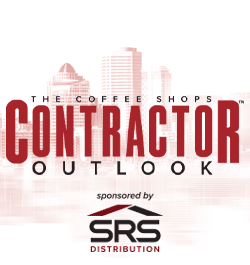





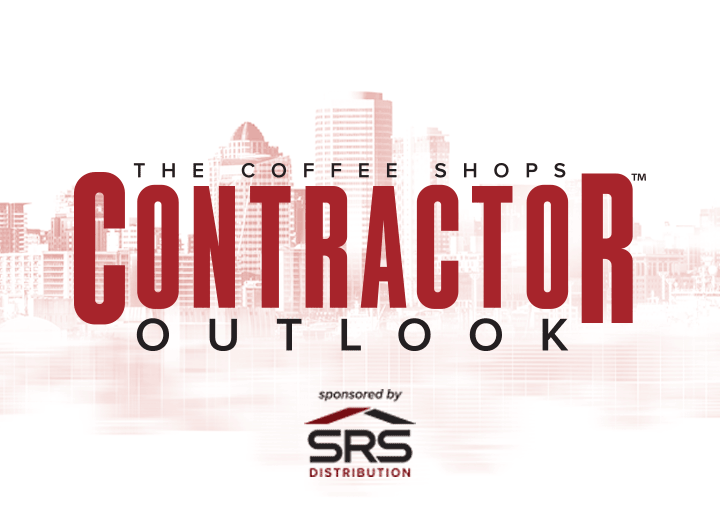


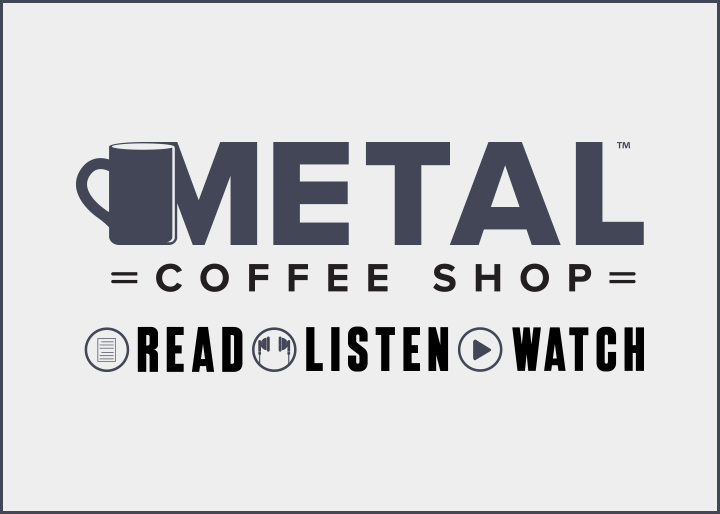

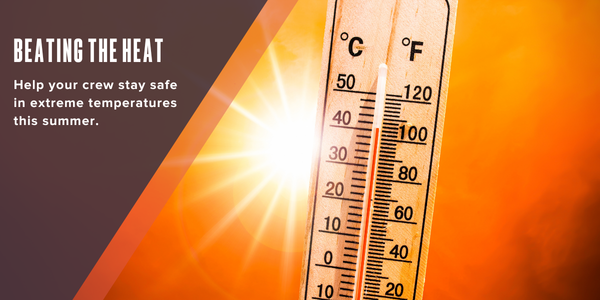
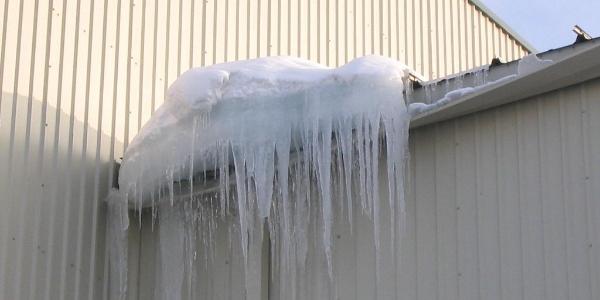

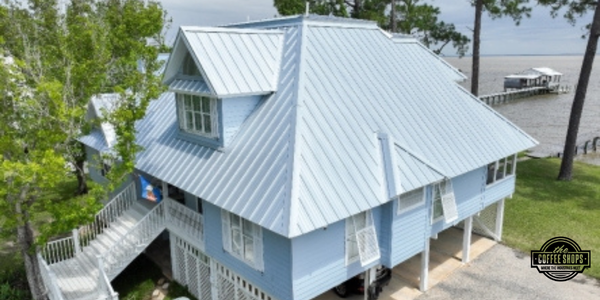

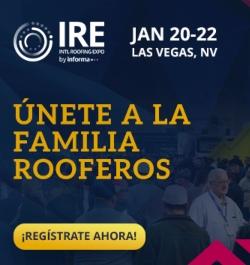
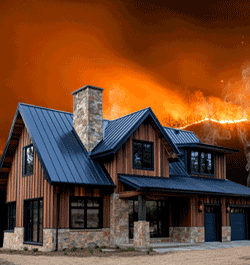
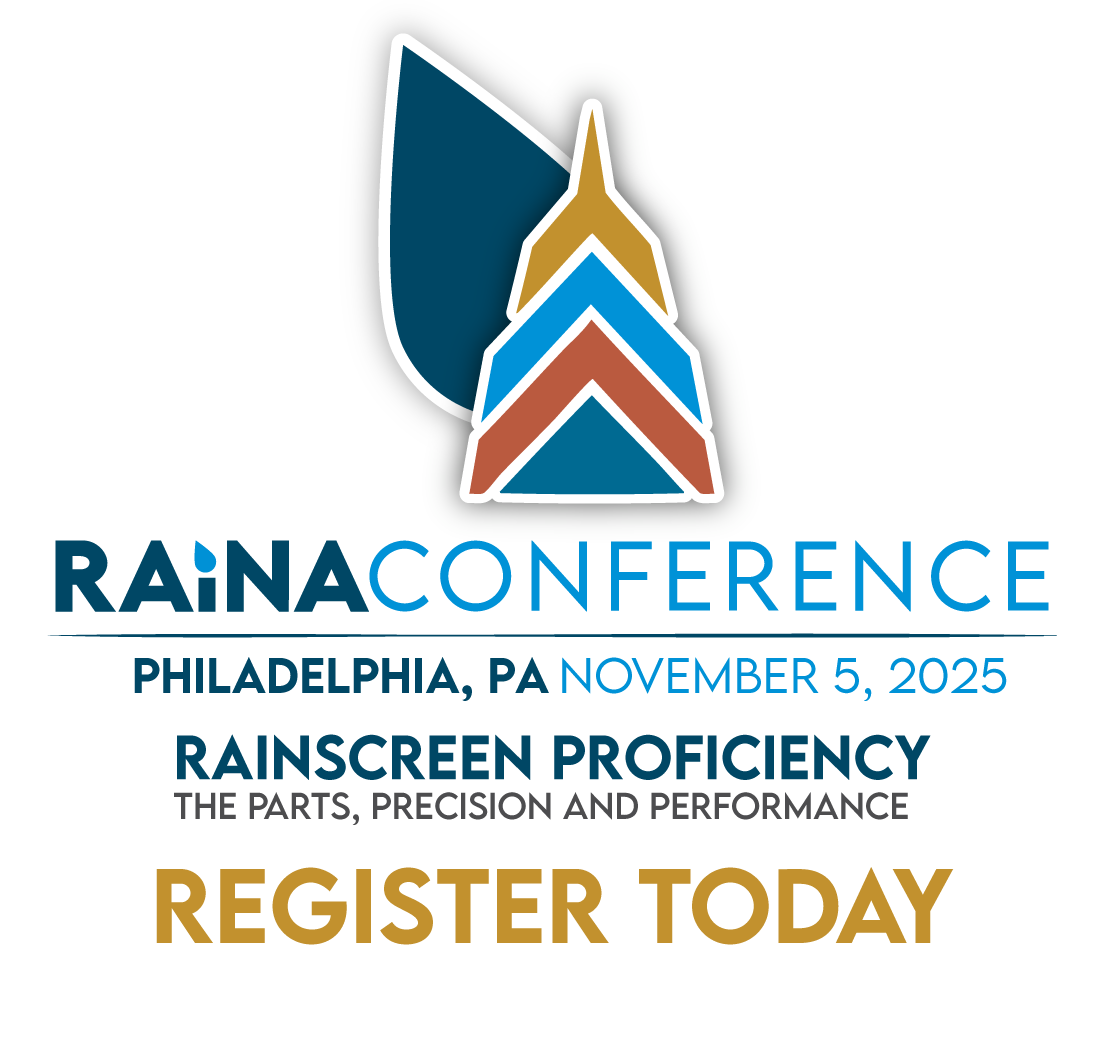


Comments
Leave a Reply
Have an account? Login to leave a comment!
Sign In